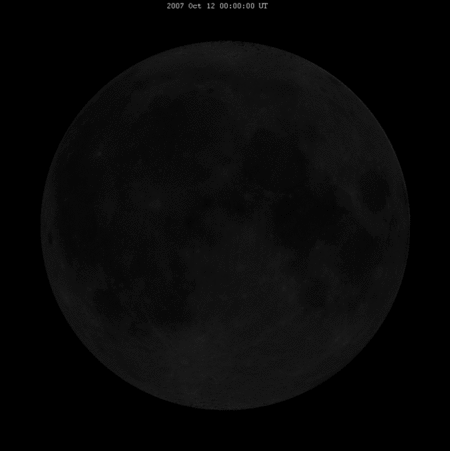Mapping the moon
External links
Commentary
The drawings of the Moon in Galileo's Sidereus nuncius touched of the rapid development of 'selenographia', a tradition in which leading astronomers collaborated with draughtmen and engravers in producing increasingly detailed and accurate depictions of the Moon's surface. By 1700, the best of these differed little from modern photographs. Several of the most important of these images are reproduced and explaned on the website of the Museo Galileo. The same period saw the consolidation of much of the standard nomenclature for describing the topographical features of the Moon. This helps explain a proponderance of names of notable scientiic figures from this period.
Hevelius's Selenographia (1647). Perhaps the most celebrated are the 40 engavings of the various phases of the Moon in this volume, which are summarized in three large lunary maps. Undertaken in the extraordinary observatory of Johannes Hevelius in Gdansk at an early stage in its development, they depict the surface of the moon in unprecedented detail. Slightly more than a simple hemisphere is depicted due to the 'libration' or oscillation of the Moon in both longitude and latitude. Images 1-2: Hevelius, Selenographia, sive lunae descriptio (Gdansk,1647), plates inserted between pp. 222-3 and between pp. 226-7. Source: wikimedia (public domain), here and here. The full volume available on e-rara.
Russell's Moon pastel (1795). An outstanding example from the eighteenth century is the enormous depiction of the moon, over five feet in diameter, completed in 1795 by the celebrated portrait artist John Russell RA (1745–1806) and now in the HMS Oxford. While portraits dominated his public work, Russell’s private efforts were dedicated to systematic astronomical sketches of the moon over a 30-year period, with his interest most intense in the mid-1790s, when he obtained a Dollond achromatic refractor, the latest in telescope technology. For Russell, celestial observation was an act of devotion. He noted in his diary, ‘tonight being in the Street I had a sight of the Stars that God was pleas’d to preach to me from, and I had my Soul filled with the Hopes of … Immortality’. Russell completed 187 moon drawings, and this obsessive and devoted study resulted in both this large pastel and the moon globe, which Russell named the ‘Selenographia’. Image 3: Moon Pastel by John Russell, 1795. History of Science Museum (Oxford), inv. no. 39338.
Russell's Seleographia (1797). While Russell's lunar pastels and sketches were private, he also produced globes for the commercial market which could be purchased by subscription. These were the oldest three-dimensional representation of the Moon ever created. The stand for the globe also demonstrated the librations or oscillations of the moon. The surface of the globe was printed from engraved copper plates and the sheets of paper cut into so-called gores that were then attached to the papier-mâché globe. Only a few examples of John Russell’s Selenographia are known to have been sold and even fewer survive. Image 4: History of Science Museum (Oxford), inv. no.52085. Another of his lunar globes from 1797 can be found in the Science Museum London, Inv. no. 1949-0117. Some of the gores and caps from which these globes were constructed can be found on the website of the Museo Galileo.
For comparison, a modern photographic image of the Moon is included as Image 5. Source: Gregory H. Revera, 22 October 2010, from Maddison, Alabama; Wikimedia (CC BY-SA 3.0).
Credit. The description of Russell's works derives from the description of the highlights of the HSM Oxford.
Related resources. The artistic inspiration drawn from this tradition in the eighteenth and twenty-first centuries is the subject of an online exhibition at the History of Science Museum, Oxford: 'Moonscope' and the blog entitled 'Moonstruck'. The gif below (from Wikimedia) illustrates the libration and phases of the Moon. The video which follows (created by NASA) 'shows the Moon's phase and libration at hourly intervals throughout 2018, as viewed from the Northern Hemisphere.'
Lunar_libration_with_phase_Oct_2007_450px.gif

